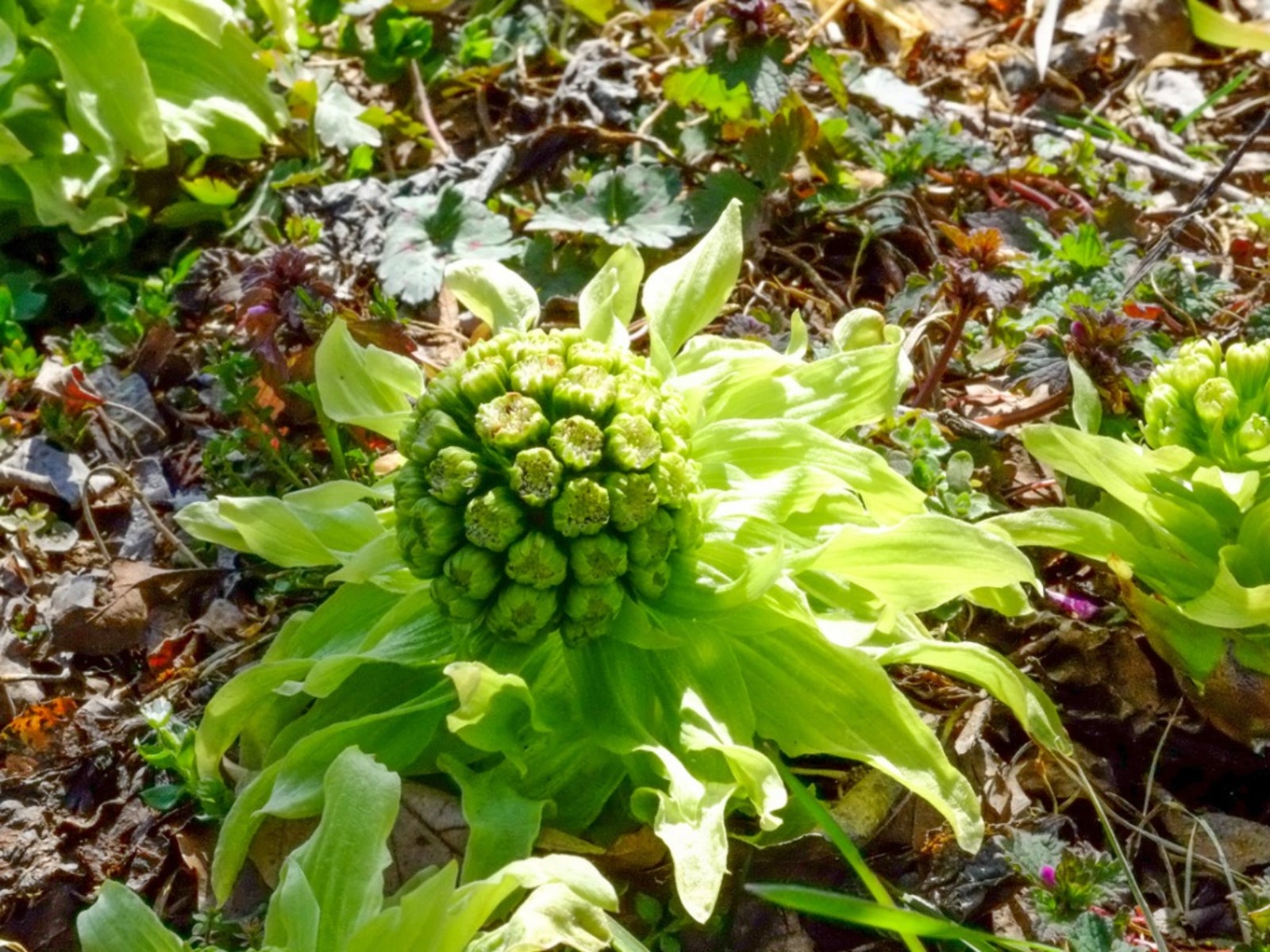Japanese Butterbur Information: Growing Japanese Butterbur Plants


What is Japanese butterbur? Also known as Japanese sweet coltsfoot, Japanese butterbur plant (Petasites japonicus) is a gigantic perennial plant that grows in soggy soil, primarily around streams and ponds. The plant is native to China, Korea and Japan, where it thrives in woodland areas or beside moist streambanks. Still wondering exactly what is Japanese butterbur? Keep reading to find out more.
Japanese Butterbur Information
Japanese butterbur is a dramatic plant with sturdy, pencil-size rhizomes, yard-long (0.9 m.) stalks and round leaves that can measure as much as 48 inches (1.2 m.) across, depending on the variety. The stalks are edible and often known as “Fuki.” Spikes of small, sweet-smelling white flowers decorate the plant in late winter, just before the leaves make an appearance in early spring.
Growing Japanese Butterbur
Growing Japanese butterbur is a decision that shouldn’t be taken lightly, as the plant spreads vigorously and, once established, is extremely difficult to eradicate. If you decide to give it a try, plant Japanese butterbur where it can spread freely without bothering you or your neighbors, or be sure it’s in an area where you can maintain control by implementing some type of root barrier. You can also control Japanese butterbur by planting it in a large container or tub (without drainage holes), then sink the container into the mud, a solution that works well around small ponds or boggy areas of your garden. Japanese butterbur prefers partial or full shade. The plant tolerates nearly any type of soil, as long as the ground is consistently wet. Be careful about locating Japanese butterbur in windy areas, as wind may damage the huge leaves.
Caring for Japanese Butterbur
Caring for Japanese butterbur plants can be summed up in a sentence or two. Basically, just divide the plant in early spring, if needed. Be sure to keep the soil wet at all times. That’s it! Now just sit back and enjoy this unusual, exotic plant.
Gardening tips, videos, info and more delivered right to your inbox!
Sign up for the Gardening Know How newsletter today and receive a free copy of our e-book "How to Grow Delicious Tomatoes".

A Credentialed Garden Writer, Mary H. Dyer was with Gardening Know How in the very beginning, publishing articles as early as 2007.
-
 Moody Blooms For Spring: 8 Types Of Black Flowers To Add Drama To Spring Displays
Moody Blooms For Spring: 8 Types Of Black Flowers To Add Drama To Spring DisplaysFrom midnight burgundies to inky violets, several types of black flowers can enrich and embolden a spring display. Try these brooding bloomers for a moody garden
By Tonya Barnett
-
 Can Snake Plants Live Outside? Everything You Need To Know For Snake Plants Al Fresco
Can Snake Plants Live Outside? Everything You Need To Know For Snake Plants Al FrescoSnake plants can live outside given the right conditions, but be careful that they don't take over! Learn the best way to use snake plants in your landscape.
By Mary Ellen Ellis